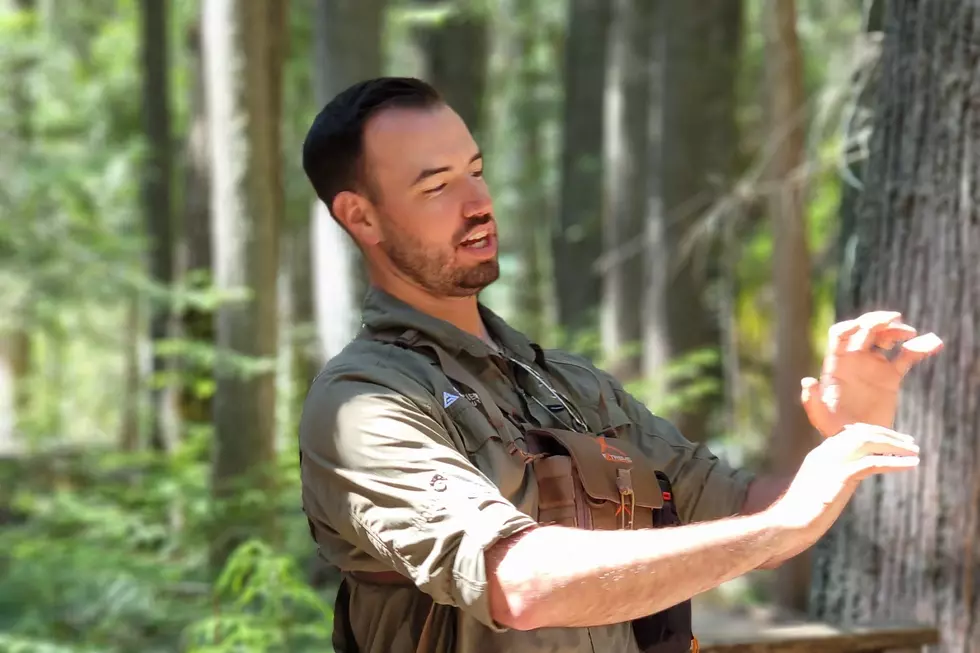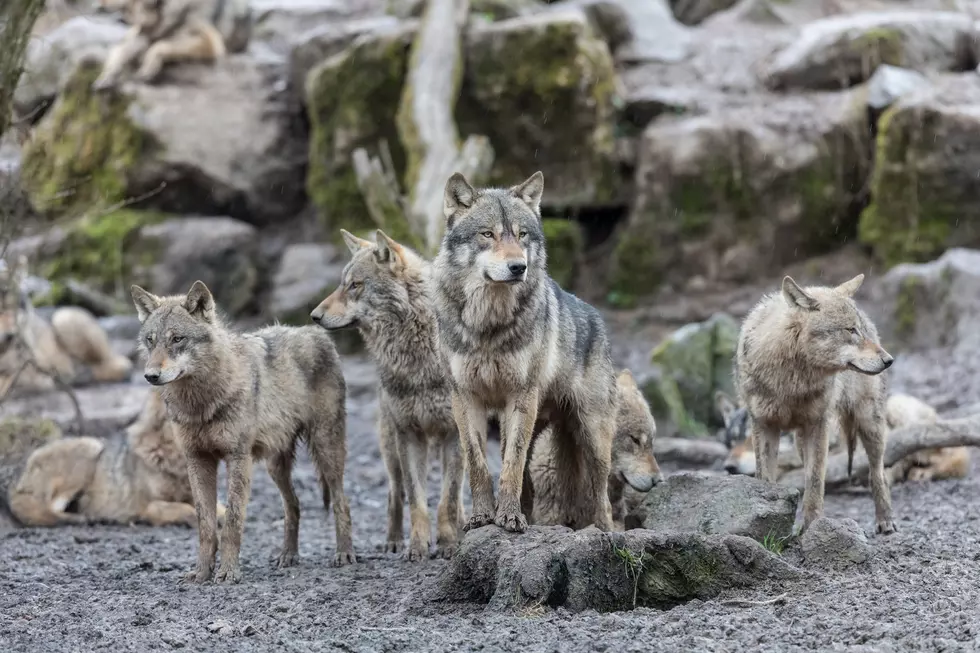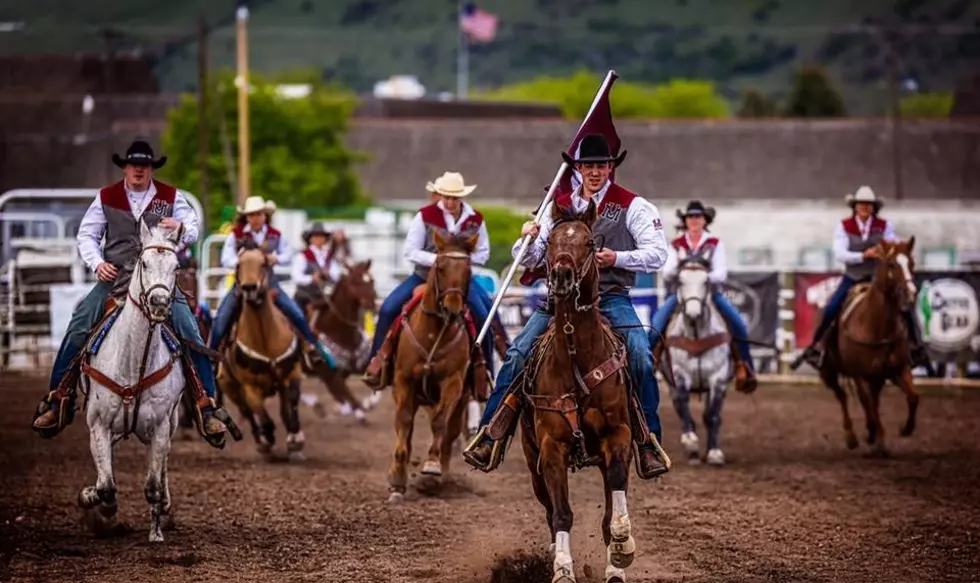
Animals That Turn White in Winter
Bruce Auchly information officer of the Fish, Wildlife & Parks Region 4 offices in Great Falls writes some interesting articles about wildlife in Big Sky Country, here's an excerpt from his latest;
Animals that call Montana home have evolved to ride out winter in a variety of ways. Some hibernate, some constantly look for food. Some develop thick winter coats or even change color. All alter themselves.
Take the creatures that change colors. That list comprises two hares – the snowshoe hare and the white-tailed jackrabbit – and three members of the weasel family: the least weasel, as well as the long-tailed and short-tailed weasels.
In a few spots Montana has the white-tailed ptarmigan, a bird that turns pure white in winter. But today’s focus is on the more numerous mammals.
The least weasel turns entirely white, while both the long-tailed and short-tailed weasels have a black-tipped tail to go with their white winter coat. Weasels go through a complete molt. That means each hair is lost and a new white hair replaces a summer brown hair.
With hares only the tip of the hair turns white. The base remains grey, and the winter pelt is thicker offering more protection during the coldest months.
Snowshoe hares are found mostly in the coniferous forests of central and western Montana. The white-tailed jackrabbit is commonly associated with open grassland plains.
Carnivorous weasels and herbaceous hares do not have a strong predator-prey relationship, yet they are linked by the benefits of camouflage.
More From 94.9 KYSS FM









